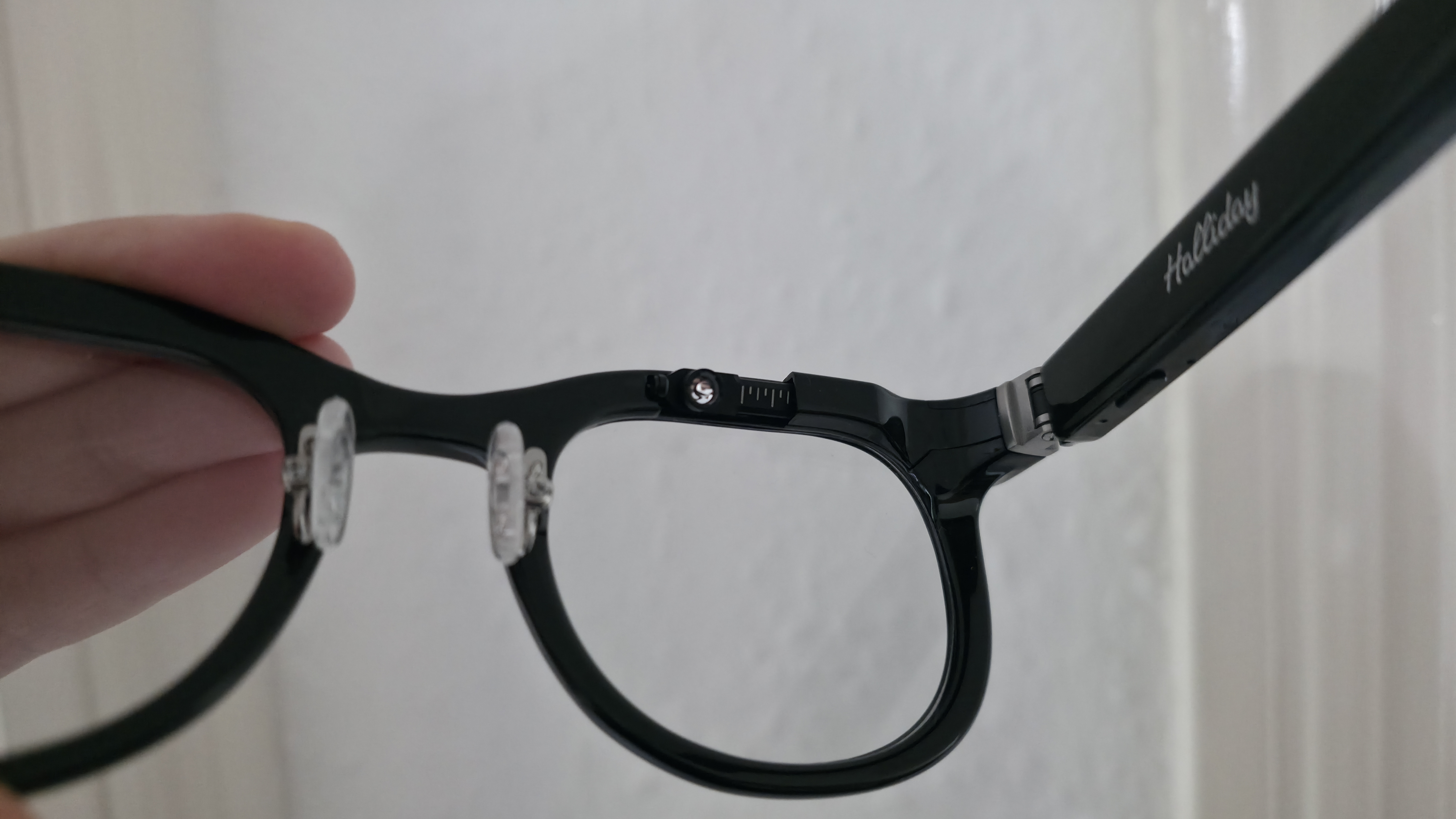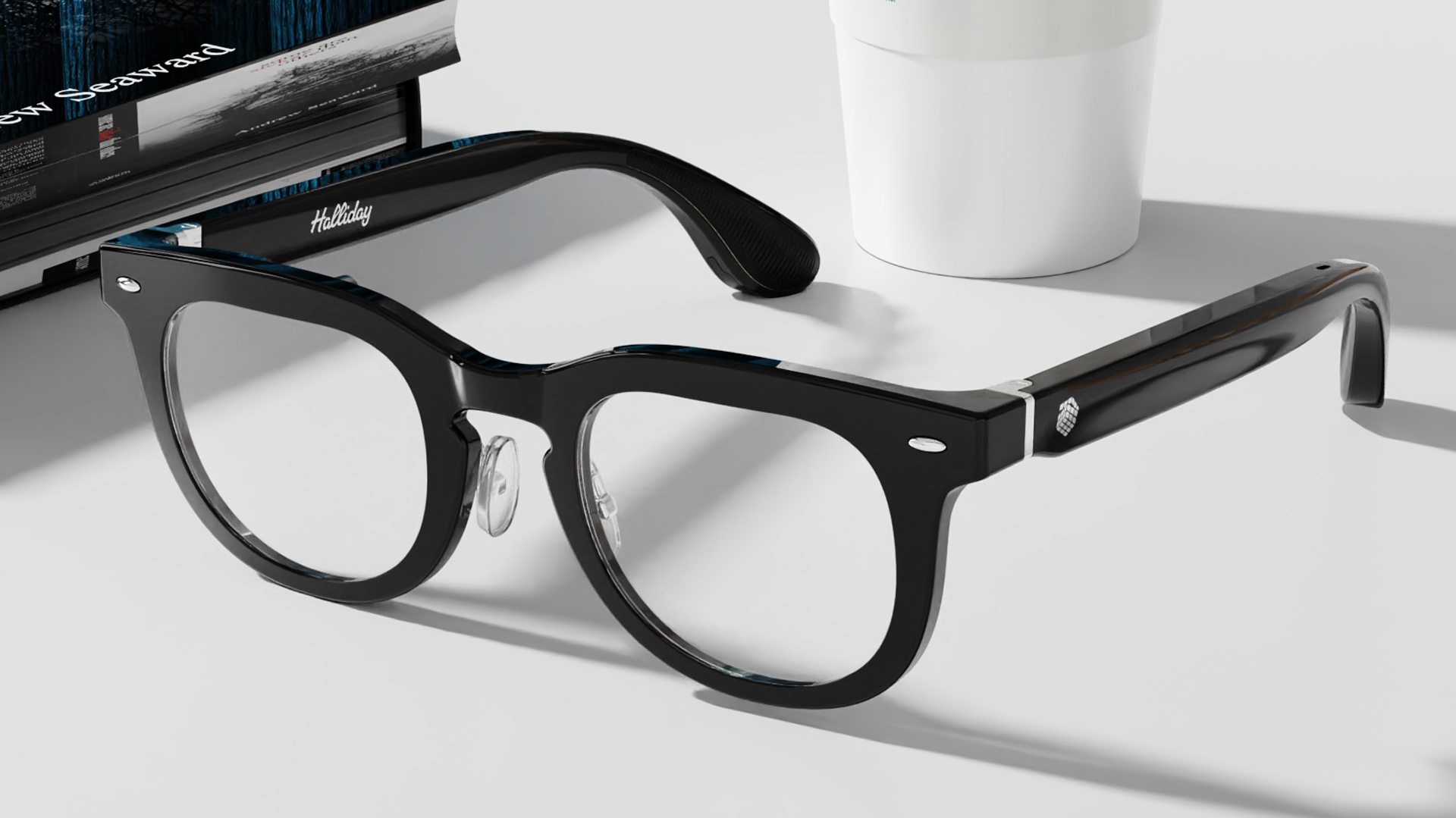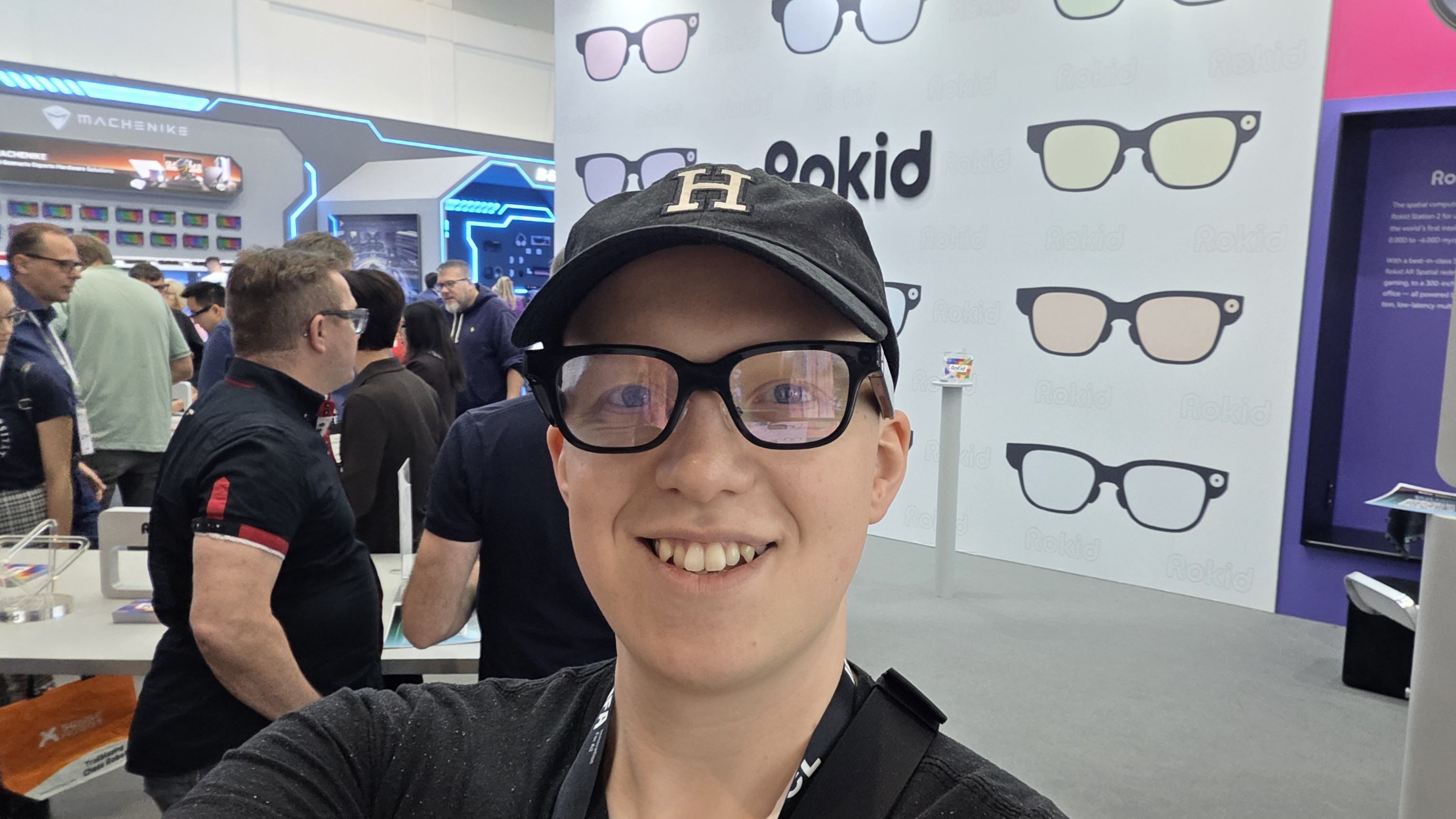These CES smart glasses aren’t worth your time, here are 3 others you should get instead

For the past while, I’ve had the Halliday smart glasses on my desk for testing, but I’ll admit they’ve spent a lot more time on my desk than on my face because I’ve not had a compelling enough reason to wear them over my other spectacles.
To give you a quick reminder, the Halliday glasses made a splash at CES, where the company promised its "proactive AI eyewear" would be able to help you with everyday tasks by relaying info via built-in speakers or a small display that sits above your right eye.
These specs certainly caused a lot of excitement in January. I remember Halliday’s small booth being mobbed by people wanting to give the glasses a whirl, which included me for some time on one afternoon – I had hoped to demo them in Las Vegas. Still, by the time I slipped them on, I had maybe two minutes before I had to rush off to a meeting.
Now that I have the final product in my home, I’m much less enthusiastic about it. They’re simply too awkward to take advantage of in a meaningful way.

To start with, my biggest and only positive: they are stylish. The thin frame makes them look practically identical to regular specs, and my fiancée thinks the Halliday glasses are the glasses I look best wearing, even compared to my regular pairs.
However, this slim design has seemingly had an adverse effect on the quality and quantity of components the glasses can fit.
There’s no camera for a start, which feels like a crime in the smart glasses world. A snapper not only allows you to take first-person photos and videos – which can be super useful on vacation or at events like a concert – but also to provide context to your AI assistant for what you can see.
Sign up for breaking news, reviews, opinion, top tech deals, and more.
This visual context feature is probably the AI tool I use most with my Meta smart glasses, and it’s an equally essential component in the Rokid Glasses and Snap Specs I’ve tried recently. Without a camera, Halliday simply can’t deliver an identical experience.

Then there’s the audio, which is the worst I’ve heard from any gadget in some years. It completely hollows out your music and podcasts, and it sounds like the audio is playing through one of those cheap piezo speakers used in quartz watches to make noise.
You’d be better off, sonically speaking, with cheap gas station earbuds, and we all know how awful those can be.
Then there’s the display. The small size makes it difficult to read chunks of text conveniently, and in the time between Halliday’s announcement and debut, the technology has already been leapfrogged by much of the competition.
I’m not just talking about the Meta Ray-Ban Display glasses; I also mean the Rokid Glasses, which use waveguide lenses to put text right in front of you. Based on my demo from IFA, the Rokid Glasses are a much more useful piece of kit, and they’ll be available in only a month or so.
What’s more, these Rokid Glasses are similarly priced to Halliday – especially if you snag them while they’re on sale or as part of the ongoing early bird deal ahead of their launch.

Beyond the glasses hardware, I’ve found the software to be annoyingly sluggish.
Inputs from the ring controller take seconds to process – if they process at all – and this serves as yet another friction point that makes using the glasses feel like an uphill battle.
The AI also feels too brief and surface-level in its responses. I’ve found I have to ask so many follow-ups before I get to the depth of answer I’m looking for on many topics.
Another major gripe I have is that the case isn’t a charging case. Perhaps it’s just because I’m used to shoving my Ray-Ban Metas in their charging case and then being able to use them right away the next time I take them out, but I never remember to recharge the Halliday glasses.
This creates that same friction for me, feeling like the Halliday glasses can’t keep up with the pace I need them to go at.
Something better instead?

At $499 (around £370 / AU$760), I’d struggle to recommend these glasses over pairs I’ve had a much better time with. Even the displayless Ray-Ban Meta glasses – either the Gen 1 or Gen 2 pairs – would be a much more useful device to most people.
If you are desperate for a display, then the Rokid Glasses look set to be a better bet. Admittedly, we haven’t rigorously reviewed those yet, but my 20-minute or so demo at IFA 2025 already gave me a much more favorable experience than I have ever had with these Halliday glasses.
Or you could always splash out on the new Meta Ray-Ban glasses.
You might also like

Hamish is a Senior Staff Writer for TechRadar and you’ll see his name appearing on articles across nearly every topic on the site from smart home deals to speaker reviews to graphics card news and everything in between. He uses his broad range of knowledge to help explain the latest gadgets and if they’re a must-buy or a fad fueled by hype. Though his specialty is writing about everything going on in the world of virtual reality and augmented reality.
You must confirm your public display name before commenting
Please logout and then login again, you will then be prompted to enter your display name.